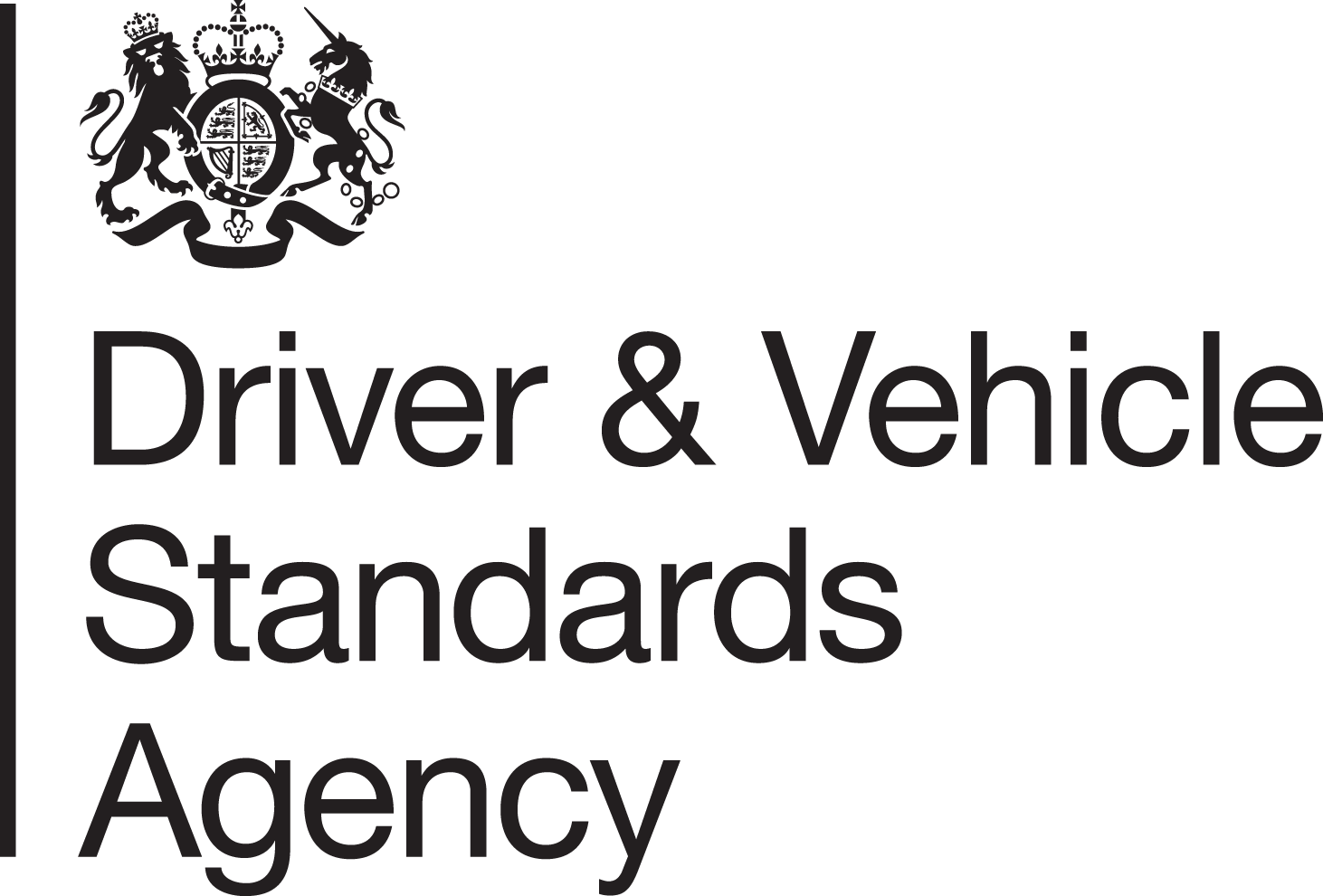Description
Reference type of prohibitions
Describe how a vehicle is made fit for purpose
Identify when a load is not fit for purpose
Identify types of load restraints available
Describe important factors in loading to include Axle weights vehicle Stability
2
Identify a drivers general responsibilities for load security
Describe a drivers key responsibility for loading / unloading a vehicle
Identify types of load securing equipment
Explain the safe use of load securing equipment
Identify defects in load securing equipment
3
Identify examples of poor / dangerous loading
Identify examples of good / safe loading
Explain consequences of poor loading
List ways that enforcement agencies assess load security
Describe how enforcement agencies enforce the rules
4
Describe limitations of various types of load securing equipment
Demonstrate practical use of various types of load securing equipment
Share and explore drivers experience of load securing techniques
Explain benefits / limitations of Frictional V Directional load securing
5
Describe the forces acting on a loaded moving vehicle
List reasons / benefits for good vehicle stability
Discuss diminishing and specialised loads
6
Explain how wide loads and increased blind spots effect VRUs
Describe the importance of correctly marked loads to give warning to other including VRUs
Subject Areas
- Loading/Unloading (LGV)
- Health, Safety & Emergencies
- Personal Health & Wellbeing
